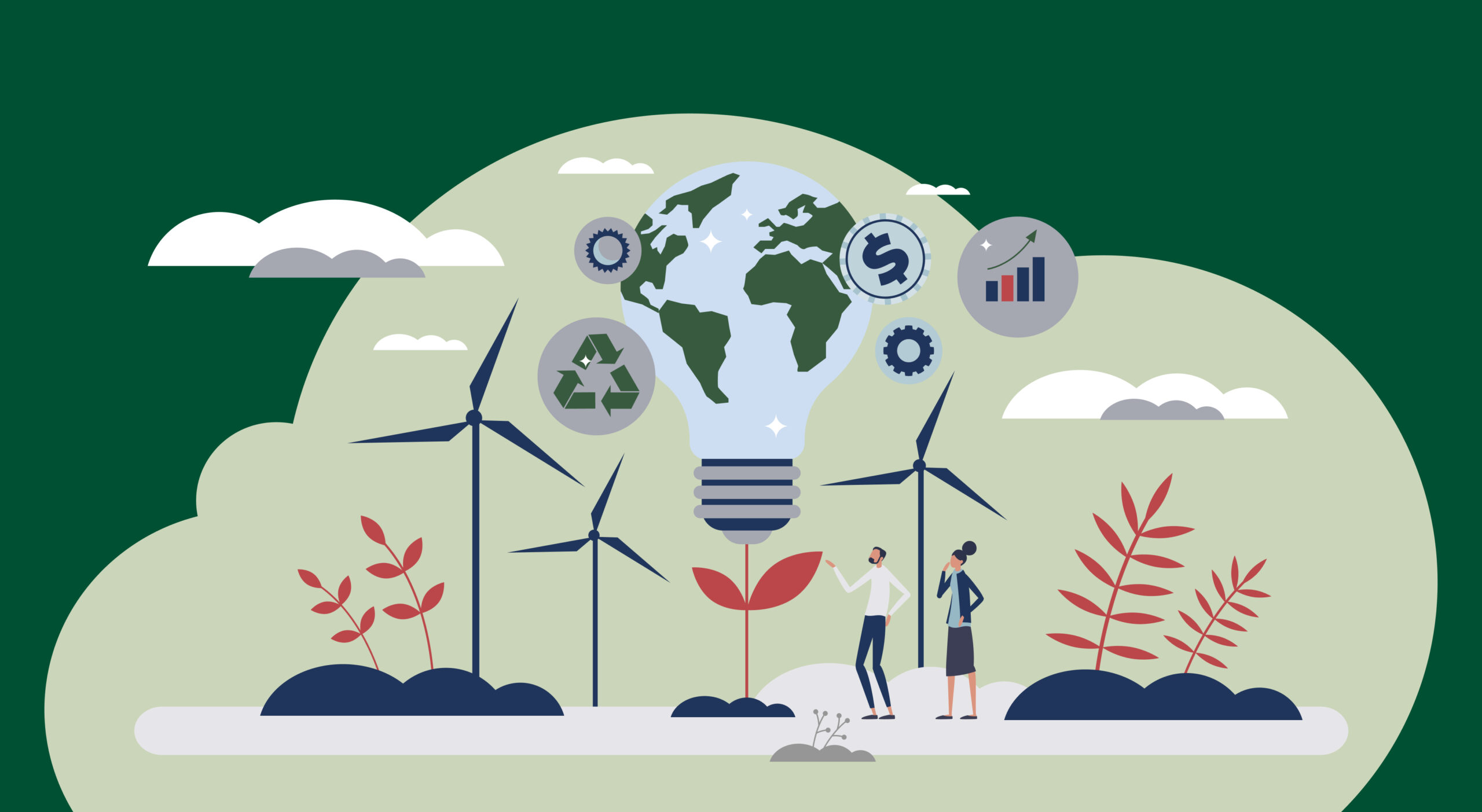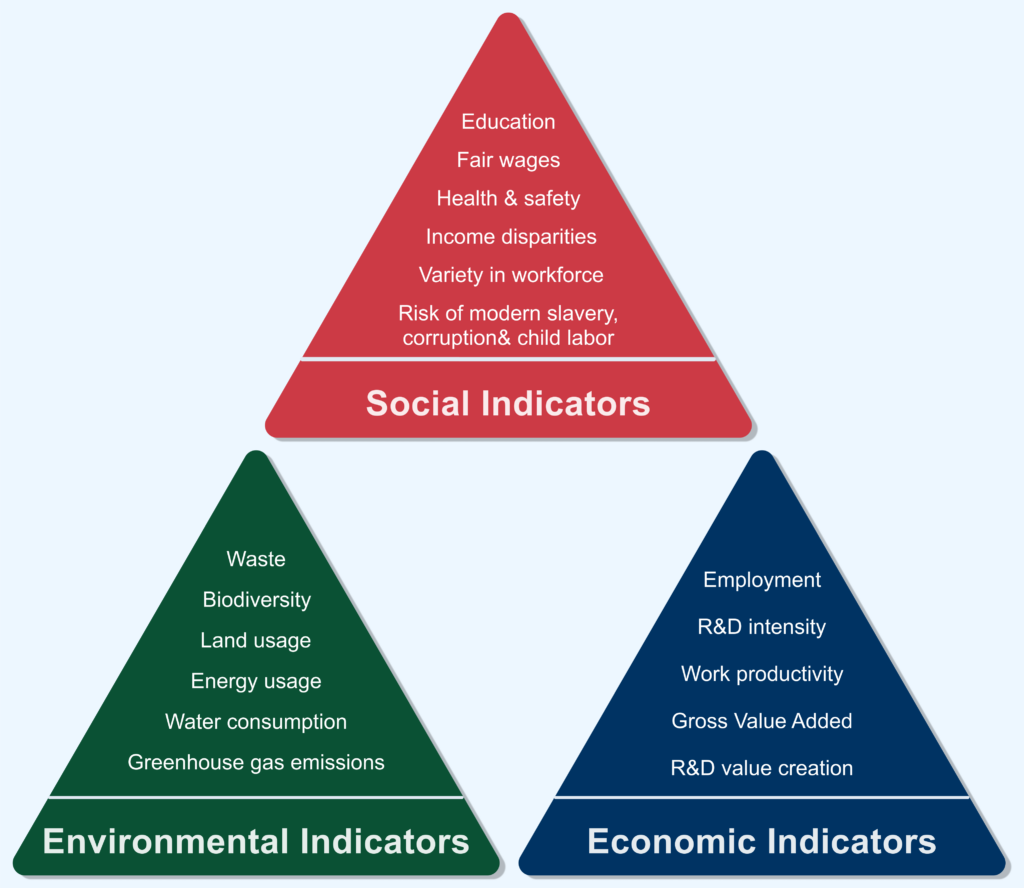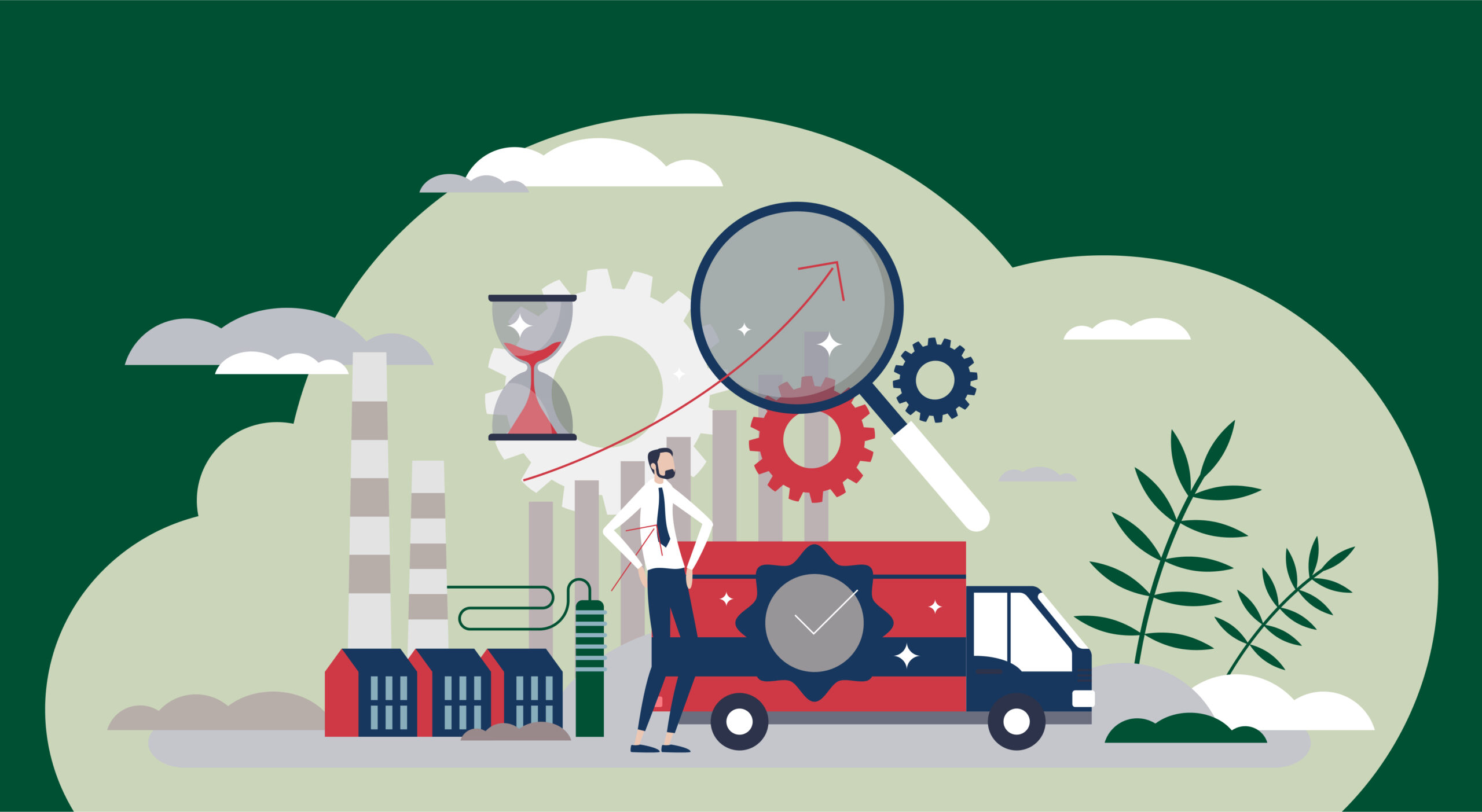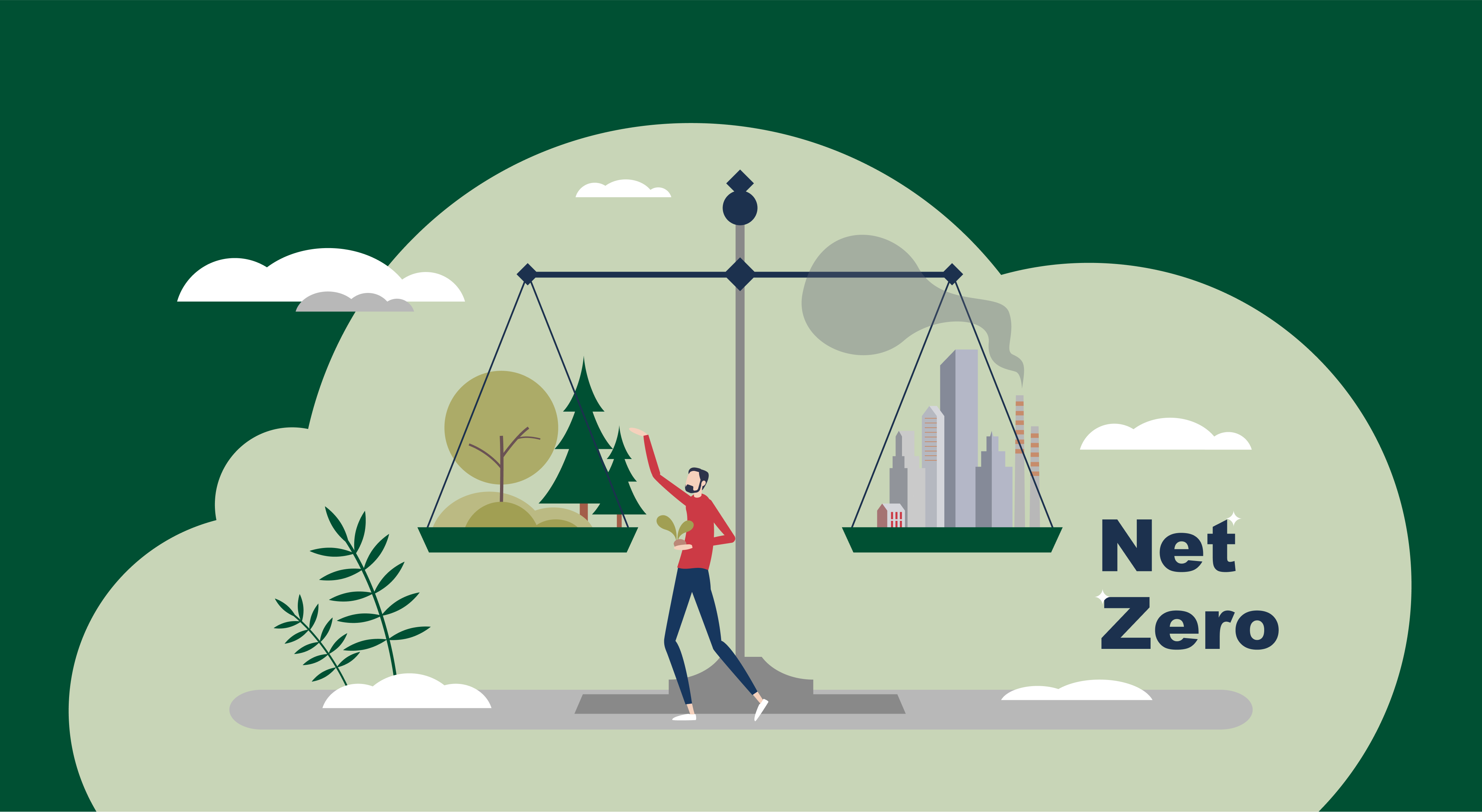Through extended input-output analyses, WifOR’s scientific experts are able to record the socioeconomic and environmental effects along the entire supply chain of a company and make them comparable – nationally and internationally. This allows the identification of critical risk factors and impacts in order to derive concrete recommendations for action. WifOR’s Head of Impact Analysis Dr. Richard Scholz answers frequently asked questions on the issue and explains Impact Valuation.

Dr. Richard Scholz
Head of Impact Analysis
Only with valid and comparable data can companies derive targeted measures to improve their supply chain.
Dr. Scholz, how can companies use Impact Valuation to find out where their supply chain is critical?
Dr. Richard Scholz: We identify critical points in the supply chain in several steps, taking into account various ESG indicators: economic indicators such as jobs created, social indicators such as occupational safety, and environmental indicators such as greenhouse gas emissions. The following graphic provides a detailed overview of the ESG indicators.
How do you collect this data?
The starting point of this calculation is a company’s existing purchasing list. Data input roughly follows this pattern:

The required company data is usually readily available through annual reporting, controlling, and accounting. The data collection process is adapted to each company’s specific situation to minimize company effort and resources. We then validate the data and close any data gaps.
How do you calculate the effects along the supply chain using Impact Valuation?
The effects are calculated using a socio-economically and ecologically extended input-output analysis – a recognized method of supply chain analysis recommended. For example, the Scope 3 standard of the GHG Protocol. The WifOR model is based on official and scientifically recognized databases such as OECD. Using the model, we are able to map the entire supply chain from “Tier 1” to “Tier infinity”. “Tier 1” is all the effects that arise directly at the suppliers, for example due to CO2 emissions, water pollution or occupational accidents. “Tier 2” are the effects that occur at the suppliers’ suppliers.
For example: If the direct supplier is a U.S.-based chemical manufacturer, our model provides a map of country- and sector-specific industry spending that includes importing countries. These reflect the purchases and thus the suppliers of the said company. In addition to manufacturing activities, we also include non-operating activities such as consulting services or research activities in the assessment. This method is even applied to the value-adding stages further back (tier 3-n) until the entire supply chain is mapped.

The results show the major hotspots:
- Which product groups, purchasing areas, reporting units are responsible for the largest effects?
- In which countries do the greatest effects occur?
- Do the greatest effects occur with direct suppliers or further along the value chain?
How can companies improve their supply chain in terms of social and environmental impact based on these results?
After having recorded the effects, the actual work starts: The results show exactly where the root of critical points in the supply chain lies and which hotspots have the greatest impact. Together with the company, we identify options for action. First, to gather more precise data – for example, through supplier surveys or LCAs (Life Cycle Assessments). Second, to identify the means by which the most efficient improvements can be achieved – for instance, by changing sources of supply, changing targets for suppliers, or reprioritizing measures.
How can companies use these value for ESG reporting?
While Impact Analysis focuses on the study of impacts, Impact Valuation deals with the societal valuation of these impacts. This sees physical values converted into monetary units to make individual indicators comparable.
How does this conversion work?
As part of the EU project “Green Deal and the Environmental Generally Accepted Accounting Principles” (“E-GAAP”), the EU has commissioned the Value Balancing Alliance (VBA), the Capitals Coalition and the World Business Council for Sustainable Development (WBCSD) to develop a set of generally accepted accounting principles for the environmental dimension. These partly specify how individual indicators should be converted – although sufficient standards have not yet been set. We are working in close contact with the VBA and some of its members to develop a global, standardized method for measuring group-wide impacts.
Can positive corporate activities also be taken into account?
Definitely. For example, investments in research and development, reforestation, or occupational health and safety measures have a positive impact that we include in the overall calculation. This is how the positive values in the waterfall diagram shown above are generated.
What else can companies use Impact Valuation?
Using Impact Valuation, we can translate the results into concrete figures that companies can use as a basis for their non-financial reporting. In addition, we can compare the data across industries, geographies, and with policy goals such as the SDGs. These results provide a valid decision-making basis to improve the potential impact of the externalities studied and thus meet the increasing demands of various stakeholders.
For almost ten years now, WifOR has been advising the pharmaceutical company Novartis on impact measurement. In the “Novartis in Society ESG Report 2021” you will get insights into the social, environmental, and economic impact of Novartis and find links to case studies on WifOR’s methodological approach to calculate the social impact of medicines, direct GDP contribution, indirect and induced environmental and economic impacts. You can download the free report here:









